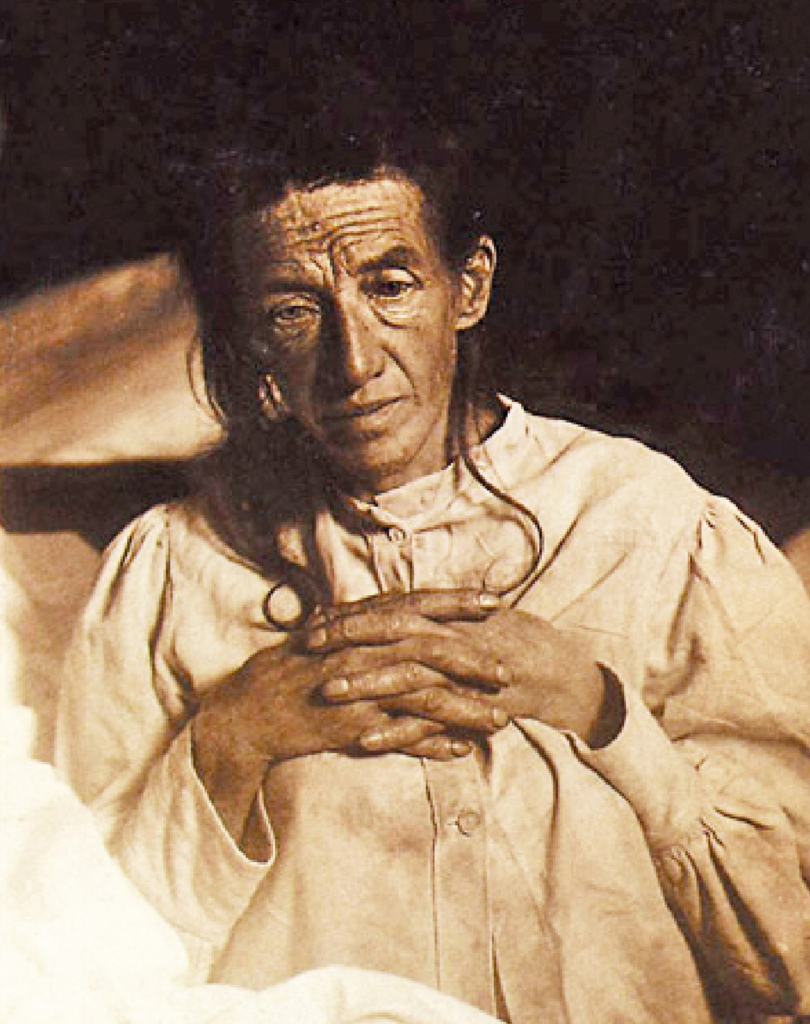It is an irreversible and progressive neurodegenerative disease that results in the physical atrophy of the brain.
The early symptoms of Alzheimer’s disease are lapses with memory. At first, these lapses may be infrequent and inconsistent, but over time they become more regular. As the disease progresses, new symptoms will present themselves, such as uncontrollable anxiety, fear, confusion, and anger. Mood swings occur for no apparent reason. Judgment becomes impaired. Familiar-even simple-tasks become difficult. And misplacing possessions becomes a regular occurrence.
These could be viewed as mild inconveniences. But the disease is far more debilitating than what these beginning stages reveal. As the disease progresses, mobility becomes limited. Eating becomes something often forgotten.
Speaking becomes difficult, or even impossible. Increasing neurological damage can result in heart attack, stroke, and other common causes of death. Researchers now believe that Alzheimer’s disease begins to develop in the brain up to 20 years before the first symptoms appear, and that deterioration can continue for 10 to 20 years after diagnosis. It is a slow, painful, costly disease … and it is always fatal.
More than 50 million people throughout the world have been diagnosed with Alzheimer’s disease and it is estimated that there are another 150 million who have not been diagnosed. Women are afflicted with the disease at a far greater rate than men; of the 50 million who have been diagnosed, 34 million or more than 67% are women. In fact, the first person ever diagnosed with Alzheimer’s disease – August Deter – was a woman.

In 1901, 50 year old August Deter was admitted to a facility in Germany where she was placed under the care of Dr. Alois Alzheimer. For 5 years, until her death in 1906, Dr. Alzheimer observed and documented what he identified as a rare form of dementia, exhibited as problems with speaking, writing, answering simple questions, and overall feelings of disorientation. During her interviews, she would say, “I have lost myself…”
After her death and during autopsy, Dr. Alzheimer noted that August’s brain had atrophied in certain areas. He also noted that there were numerous abnormal deposits that we now know are two of the hallmarks of Alzheimer’s disease – plaques and tangles.
It was 70 years later – in 1976 and in response to neurologist Robert Katzman, Ph.D. – that Alzheimer’s disease was recognized as a major killer and not rare. In his editorial, Dr. Katzman identified Alzheimer’s disease as the 4th leading cause of death and the most common form of dementia. The disease is now the most common form of dementia with more than 50 million individuals who have been diagnosed throughout the world.